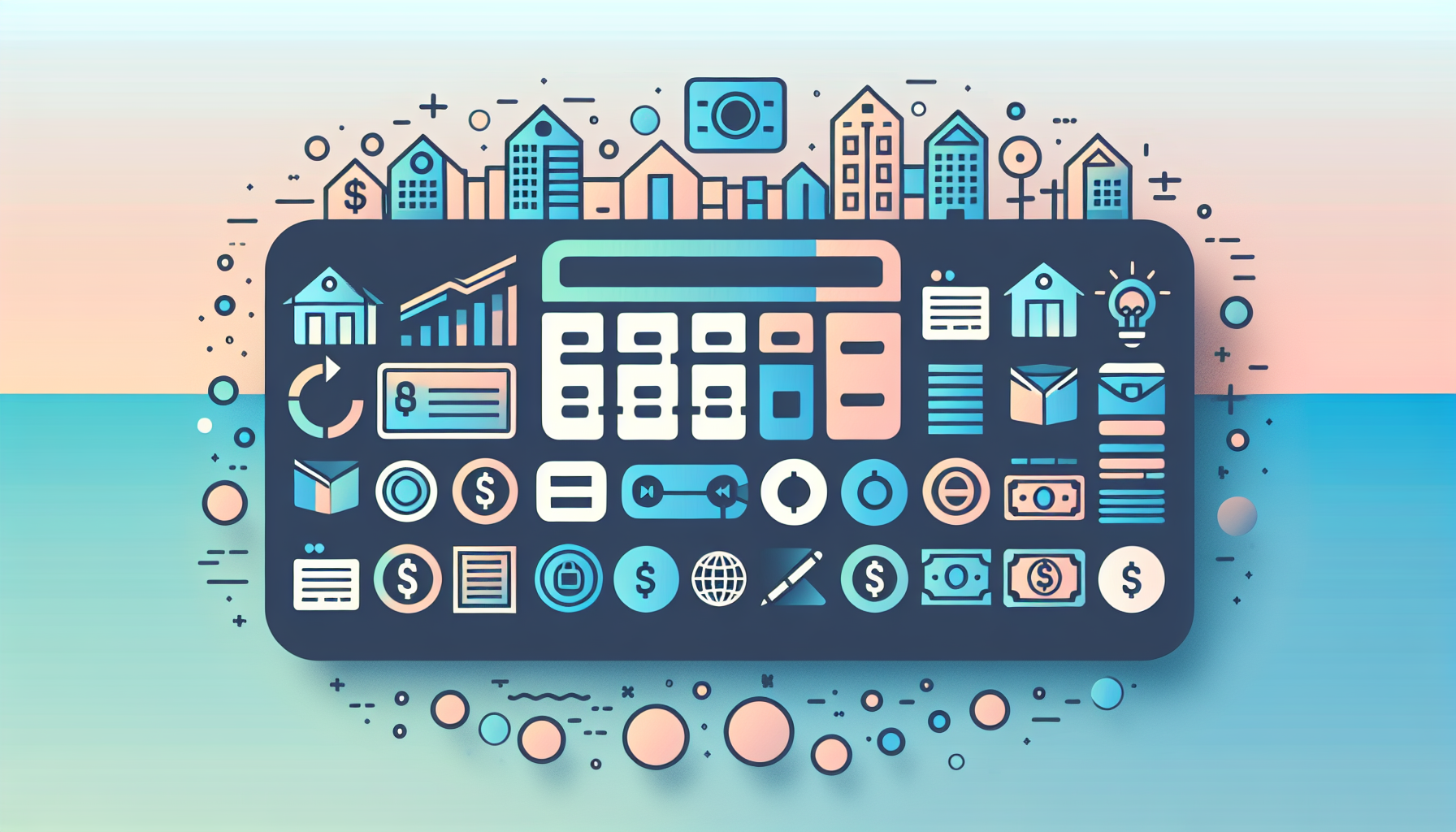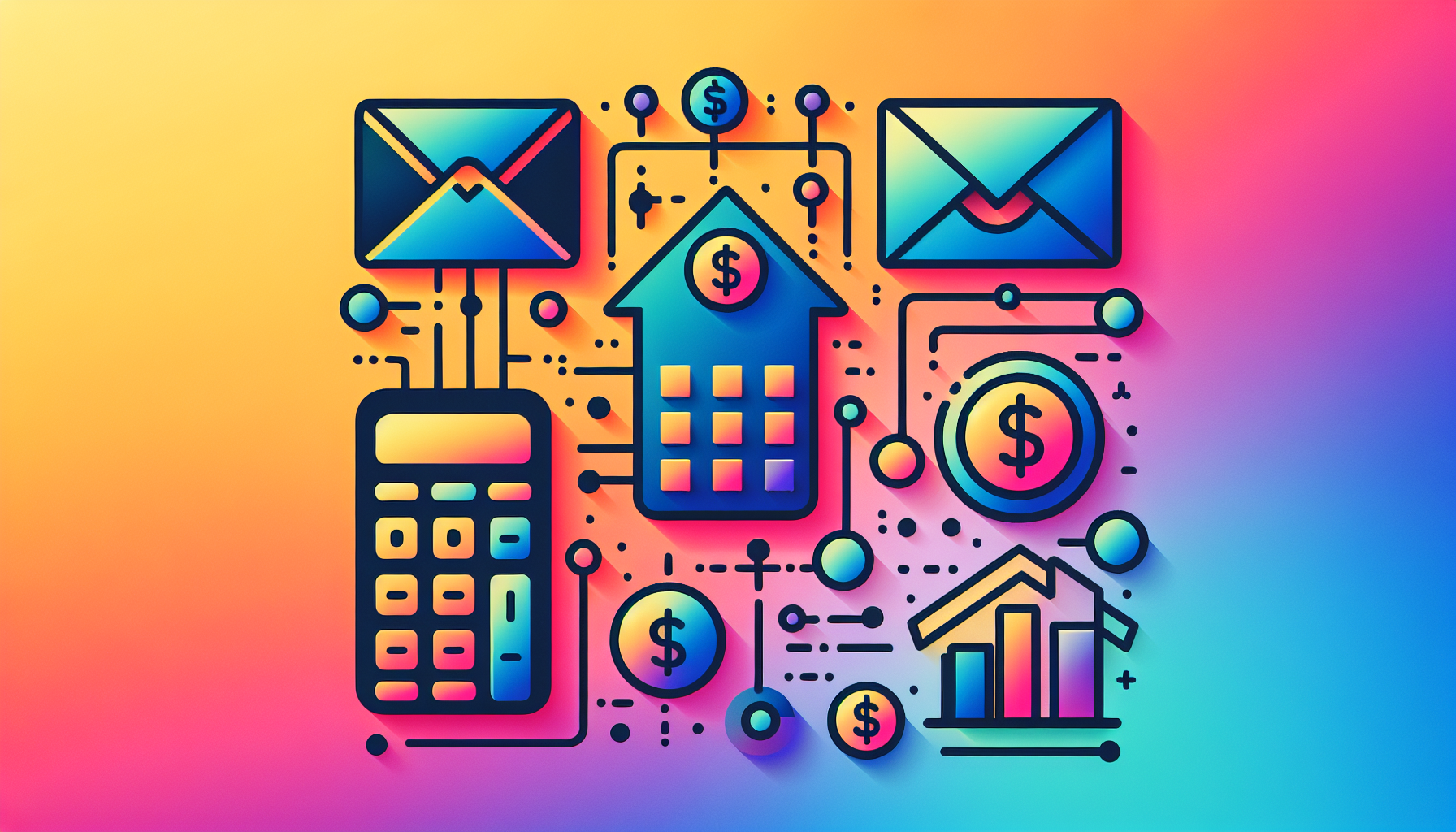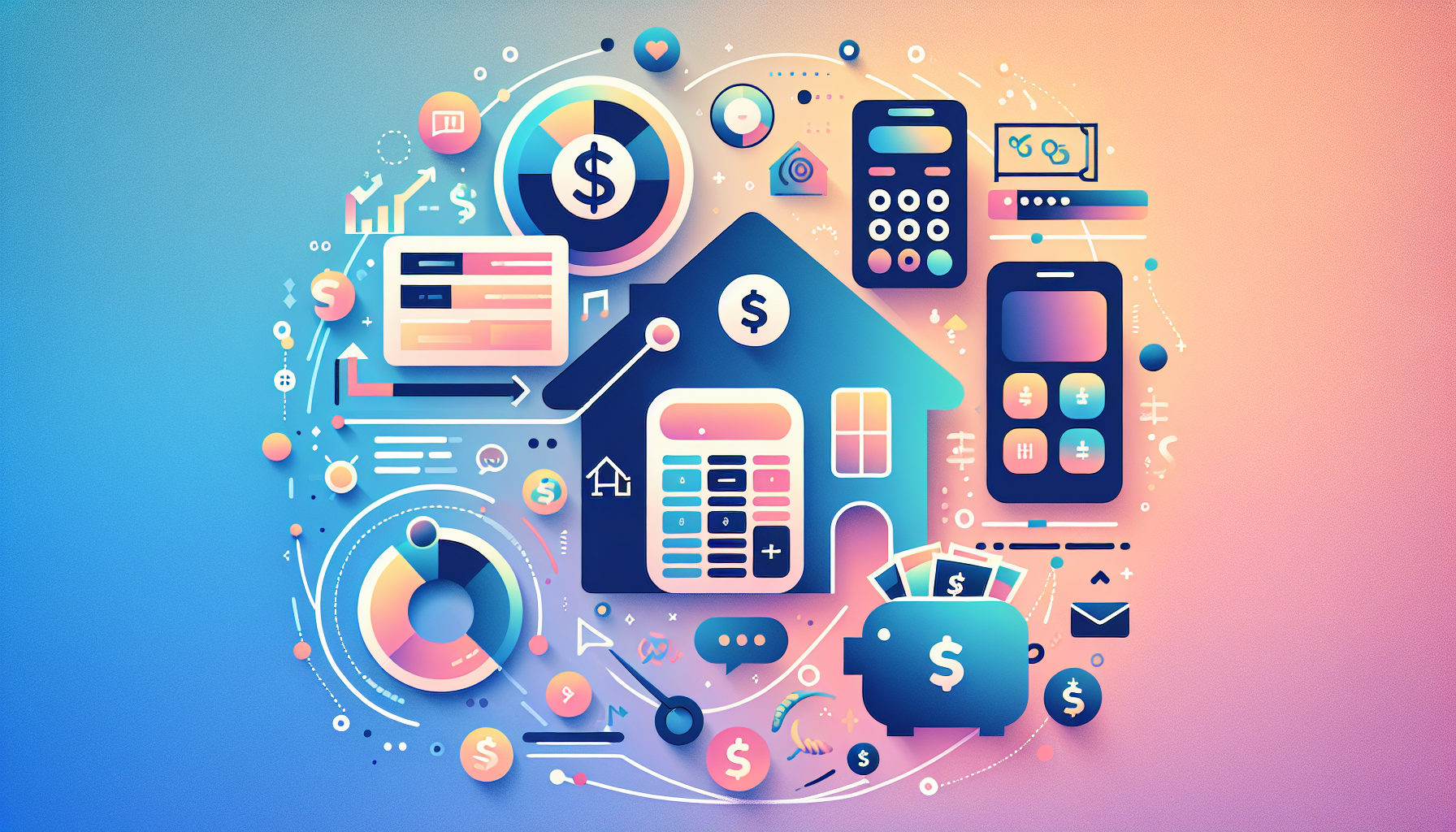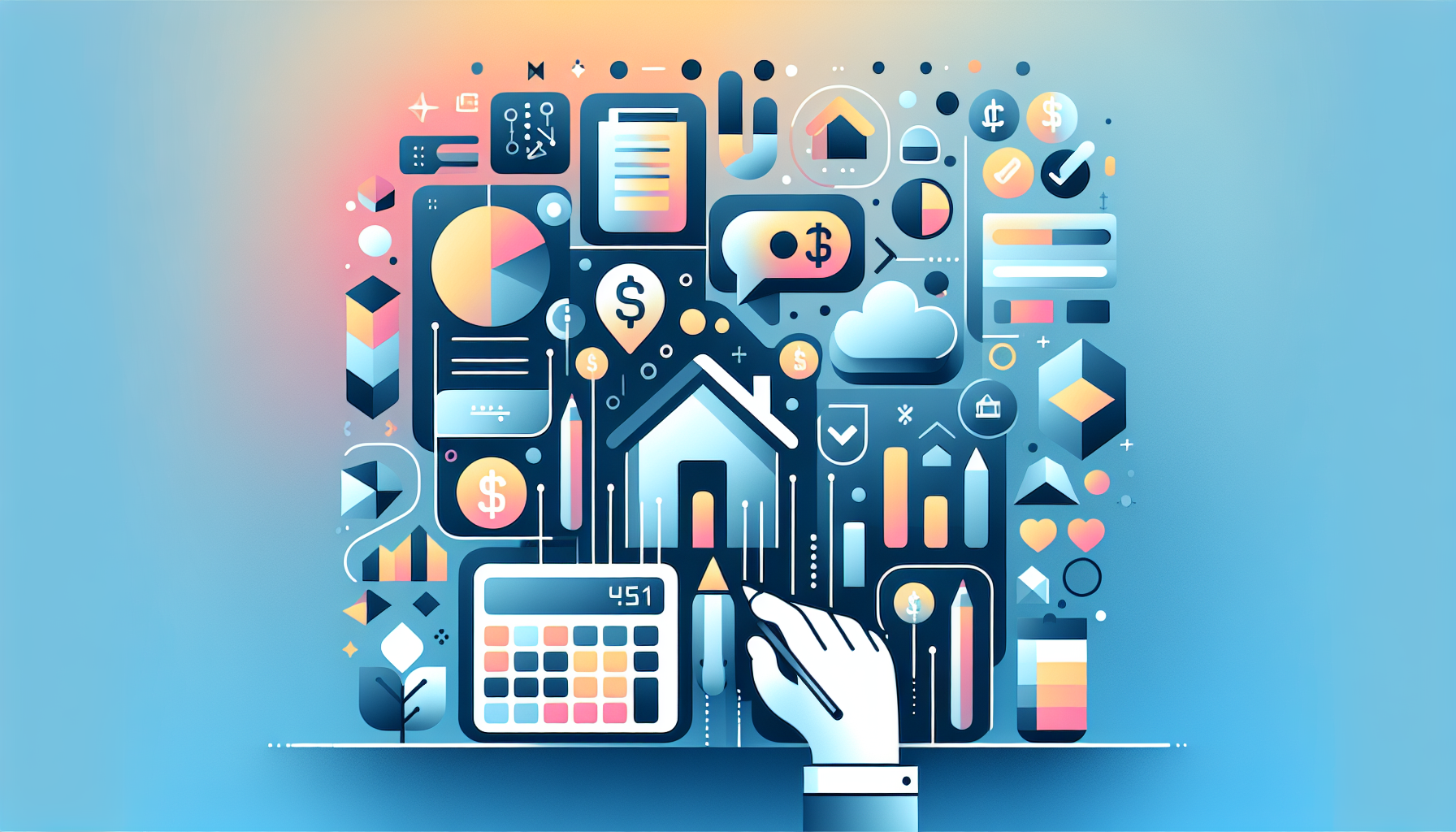Understanding Piggyback Loans
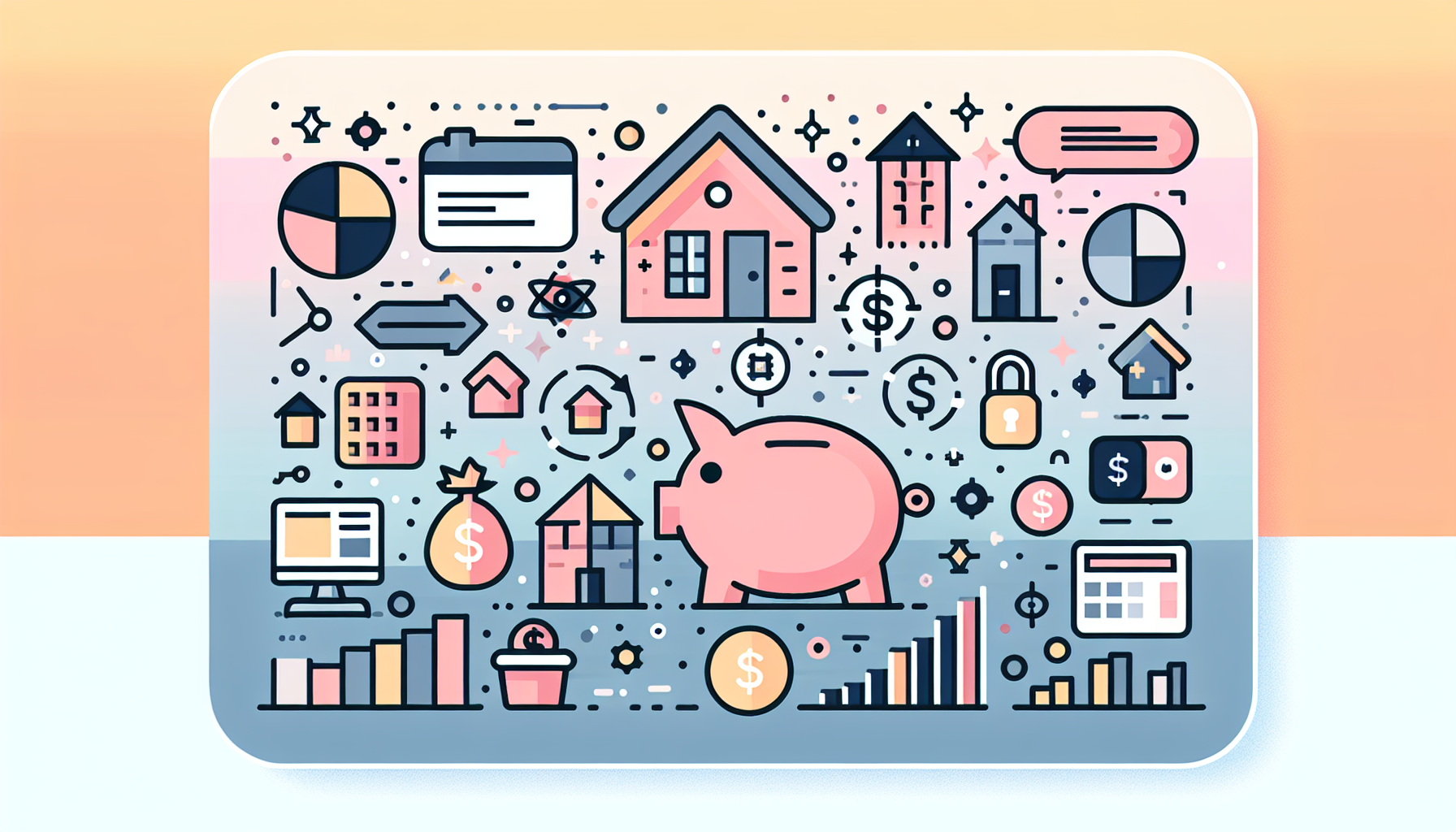
Navigating the Complexities of Home Financing
When it comes to purchasing a home, the financial landscape can be daunting, especially for first-time buyers or those looking to optimize their mortgage strategy. One innovative approach that has gained popularity is the use of piggyback loans, also known as 80/10/10 loans. In this comprehensive guide, we will delve into the mechanics of piggyback loans, their benefits, and the considerations you need to keep in mind.
What are Piggyback Loans?
Piggyback loans are a two-part financing strategy that allows you to secure two mortgages simultaneously. This approach is particularly useful for avoiding private mortgage insurance (PMI) and managing down payment requirements.
Primary Mortgage
The first mortgage typically covers 80% of the home’s purchase price. This is the primary loan that you will be paying off over the life of the mortgage.
Second Mortgage
The second mortgage, often a home equity line of credit (HELOC) or a down payment loan, acts as a supplement to your down payment. This second loan usually covers around 10% of the home’s value, allowing you to achieve a 20% down payment without needing large amounts of cash upfront.
How Do Piggyback Loans Work?
Here’s a breakdown of how these loans function:
- 80/10/10 Structure: The most common setup involves an 80% primary mortgage, a 10% second mortgage, and a 10% down payment. This structure helps you avoid PMI, which is typically required for traditional mortgages with a down payment of less than 20%.
- Alternative Structures: There are other variations, such as the 80/15/5 arrangement, where the second mortgage covers 15% and the down payment is 5%. For example, on a $400,000 home, this would mean a $320,000 primary mortgage, a $60,000 second mortgage, and a $20,000 down payment.
Types of Second Mortgages in Piggyback Loans
Home Equity Line of Credit (HELOC)
A HELOC allows you to open a credit line secured by the equity in your home. During the closing of your new home, you can access funds from the HELOC to contribute toward your down payment. HELOCs generally have adjustable interest rates, but fixed-rate closed-end options are also available.
Down Payment Loan
This type of loan is specifically designed to cover the down payment portion of the home purchase. It is another way to avoid PMI and can be structured as a fixed-rate loan or a line of credit.
Pros of Piggyback Loans
Piggyback loans offer several advantages:
- No PMI: By achieving a 20% down payment through the combination of the primary and second mortgages, you can avoid paying PMI, which can save you money over the life of the loan.
- More Cash on Hand: Without PMI added to your monthly mortgage payment, you can hold onto more cash for emergencies or unexpected repairs.
- Avoid a Jumbo Loan: If you need a loan amount above the conforming loan limit, a piggyback loan can help you avoid the higher credit score and larger down payment requirements associated with jumbo loans.
Considerations for Second Mortgages
Before opting for a piggyback loan, it's crucial to understand the broader context of second mortgages.
Home Equity Requirements
To qualify for a second mortgage, you typically need to have built up a significant amount of equity in your home. Lenders usually require that you own at least 15% to 20% of the home outright and that your remaining balance on the current mortgage is less than 80% to 85% of the home’s value.
Credit Score and Financial Requirements
A good credit score is essential for securing a second mortgage. Most lenders require a credit score of at least 620, though higher scores can lead to better interest rates. Additionally, you need to have a debt-to-income ratio (DTI) that is typically lower than 43%.
Interest Rates and Costs
Second mortgages often have higher interest rates than primary mortgages but are generally cheaper than credit cards or personal loans. It's important to weigh these costs against the benefits of avoiding PMI and managing your down payment.
Real-World Examples and Case Studies
To illustrate the practical application of piggyback loans, consider the following example:
- Scenario: You are purchasing a $400,000 home and want to avoid PMI. You opt for an 80/10/10 piggyback loan.
- Primary Mortgage: $320,000 (80% of $400,000)
- Second Mortgage: $40,000 (10% of $400,000)
- Down Payment: $40,000 (10% of $400,000)
This setup allows you to achieve a 20% down payment without needing to pay PMI.
Conclusion and Next Steps
Piggyback loans can be a powerful tool in your home financing arsenal, offering a way to avoid PMI and manage your down payment effectively. However, it's crucial to carefully consider the pros and cons, including the higher interest rates associated with second mortgages and the need for significant home equity.
If you're considering a piggyback loan or any other mortgage strategy, it's essential to consult with a financial advisor and use robust mortgage calculation tools to make informed decisions. The WP Ultimate Loan & Mortgage Calculator can be a valuable resource in this process, helping you navigate the complexities of mortgage financing with ease.
For more detailed information or to discuss your specific financial situation, you can Contact Us directly.
In the ever-evolving landscape of home financing, staying informed and leveraging the right tools can make all the difference in securing your dream home. Whether you're a first-time buyer or a seasoned homeowner, understanding piggyback loans and second mortgages can help you make smarter financial decisions.
